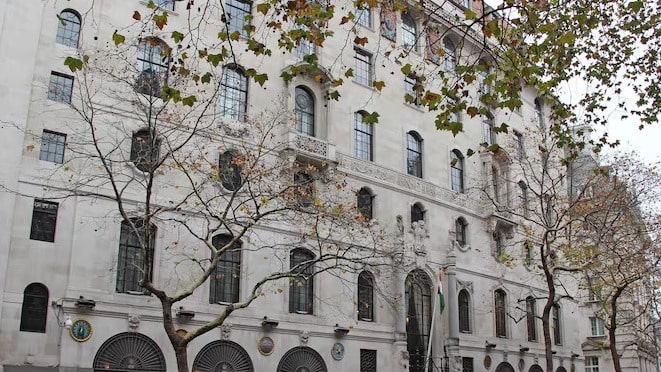
Jama Masjid, located in the heart of Old Delhi, is one of the largest and most famous mosques in India. This iconic landmark was commissioned by the Mughal emperor Shah Jahan and completed in 1656, making it one of the oldest and most historically significant buildings in Delhi.
The mosque is an impressive structure, with three massive domes and two towering minarets that rise up to a height of 40 meters. The mosque is constructed of red sandstone and white marble, and features intricate carvings and ornate patterns that are characteristic of Mughal architecture.
The courtyard of the mosque is a vast expanse of marble that can accommodate up to 25,000 worshippers at a time. The courtyard is surrounded by a series of arcades, which provide shade and shelter from the sun and rain. At the center of the courtyard is a large water tank, which is used for ablutions before prayer.
The mosque is open to visitors of all faiths, although there are certain rules that must be followed. Visitors must remove their shoes before entering the mosque, and women are required to cover their heads. It is also recommended that visitors dress conservatively, with long sleeves and pants or skirts that cover the ankles.
Visitors to Jama Masjid can take a guided tour of the mosque, which provides a fascinating insight into the history and significance of this iconic building. The tour includes a visit to the mosque’s main prayer hall, which is a massive space that can accommodate up to 10,000 worshippers at a time. The prayer hall is decorated with beautiful Islamic calligraphy and features a mihrab, a niche in the wall that indicates the direction of Mecca.
One of the highlights of a visit to Jama Masjid is climbing to the top of one of the minarets. From here, visitors can enjoy stunning views of the surrounding area, including the chaotic streets of Old Delhi and the Red Fort, another iconic Mughal landmark.
Jama Masjid is also an important cultural and social hub in Delhi. The mosque is a popular destination for local residents, who come here to pray, socialize, and enjoy the beautiful architecture and surroundings. Visitors can also find a range of delicious street food stalls and markets in the area surrounding the mosque, which offer a glimpse into the vibrant and diverse culture of Old Delhi.
In addition to its religious and cultural significance, Jama Masjid has also played an important role in India’s political history. In 1857, during the Indian Rebellion against British rule, Jama Masjid was used as a rallying point for rebel forces. The mosque was also the site of several important speeches and events during India’s struggle for independence in the early 20th century.
In conclusion, Jama Masjid is a fascinating and historically significant landmark that is a must-visit destination for anyone traveling to Delhi. With its beautiful architecture, rich cultural heritage, and importance in India’s political history, this iconic mosque is a testament to the enduring legacy of the Mughal empire and the vibrant diversity of India’s capital city.









